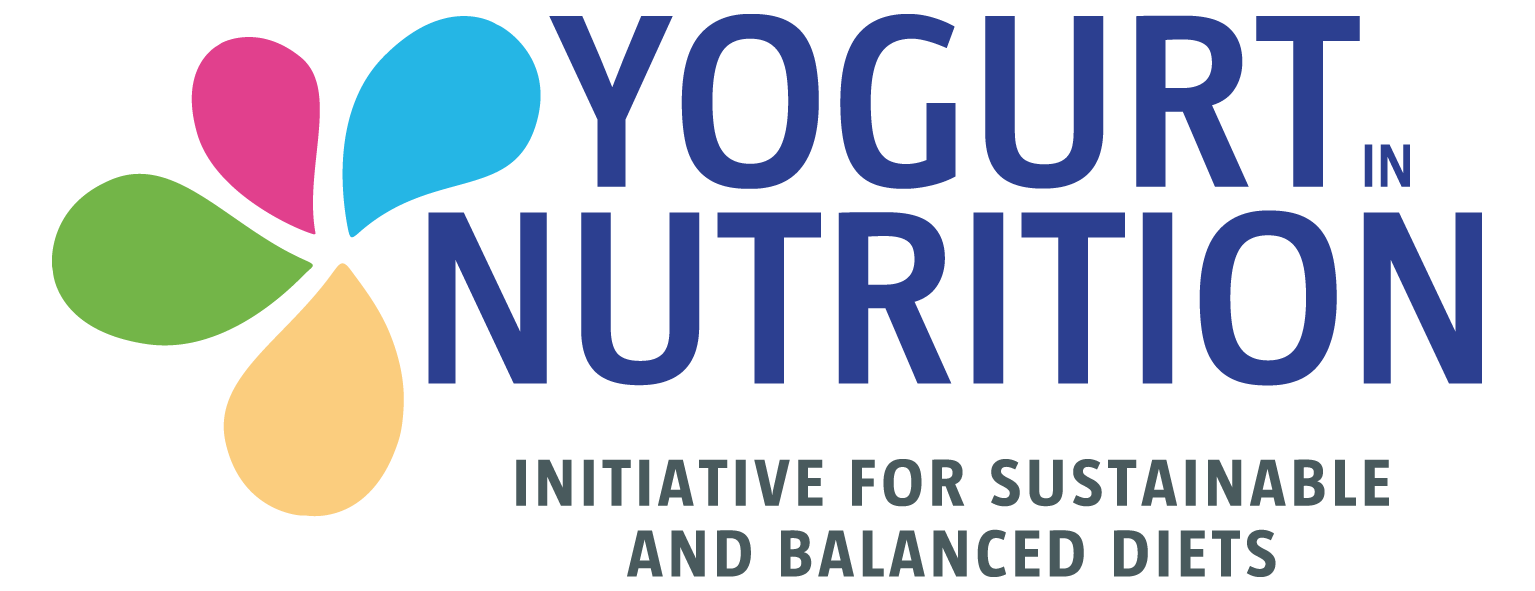A balanced diet and daily physical activity play a key role in stimulating bone health, but what should be a bone-healthy diet for children and adolescents?
What are the recommendation for an optimal bone growth?
As bones are made of living tissue, it is crucial to consume the right nutrients for strong and healthy bones. Around 70% of variance in bone mass is associated with genetic factors, but the researchers note that food intake, as well as exercise, lifestyle, keeping a healthy body weight and hormonal status are modifiable factors.
A balanced diet and daily physical activity are key in stimulating bone health throughout life and preventing the risk for osteoporosis. A bone-healthy diet will help children and adolescents to build bone mass at a maximum level. Adults need to maintain healthy bones and avoid bone loss. For seniors it is crucial to sustain mobility and independence.
According the National Osteoporosis Foundation Position Statement, the best evidence points to the positive effects of calcium intake and physical activity, especially during the late childhood and peri-pubertal year, a critical period for bone building. Good evidence also supports the positive role of vitamin D and dairy consumption and detrimental effect of carbonated soft drink consumption on building bone.
What is the role of calcium?
Calcium is a key bone healthy nutrient and a major building block for the skeleton. 99% of the calcium found in our body is residing in our bones and it contributes to preserve calcium levels in the blood for nerves and muscles functions. Calcium is needed at all ages, but teenagers in particular need high levels; yogurt contains also proteins and vitamin D, which contribute to their growth.
[bctt tweet=”#Calcium – a key nutrient for our #bonehealth – is needed at all ages. #Teenagers in particular need high levels of calcium, which yogurt can provide, along with proteins and vitamin D.” username=”YogurtNutrition”]Have dairy products a real interest in calcium intake?
A review of evidence has evaluated associations between milk or dairy product intake and health outcomes in children and adolescents. Results suggest that dairy products are important for linear growth and bone health during childhood. Consumption of dairy products, particularly cheese and yogurt, is also associated with reduced dental caries in children. The primary nutrition source for infants should be human milk or infant formula, if human milk is not feasible. The main source of dietary calcium after the first year of life is milk and other dairy products, which account for 70-80% of nutritional calcium intake. Based on their report, the researchers recommend that pediatricians advise children and adolescents to increase daily consumption of calcium and foods and beverages containing vitamin D, which includes nonfat milk and low-fat yogurts.
However, non-cow’s milk is becoming increasingly popular because of perceived health benefits, milk allergies and/or lactose intolerance. A study looked at differences in blood levels of vitamin D associated with drinking cow’s milk and non-cow’s milk. It shows that “Children drinking only non-cow’s milk were more than twice as likely to be vitamin D deficient as children drinking only cow’s milk”.
What yogurt consumption will bring my kid his calcium needs?
Coeliac diseases and gastrointestinal disorders may affect nutritional status and increase the risk of osteoporosis and fractures. Yogurt consumption is recommended to fuel adequate intake of calcium and vitamin D. People who suffer from lactose maldigestion or intolerance avoid dairy foods in general, which increases the risk of calcium deficiency and osteoporosis. Yogurt is the perfect alternative, as it contains live culture and is well tolerated.
Sources:
- Weaver et al., Osteoporosis International 2016 ; 27 : 1281 – 1386.
- Dror DK et al. Nutrition Reviews, 2014, 72 (2):68-81
- Neville H. Golden, et al., Optimizing bone health in children and adolescents, Pediatrics, 2014 doi: 10.1542/peds.2014-2173
- Lee GJ et al. CMAJ, 2014, doi: 10.1503/cmaj.140555





